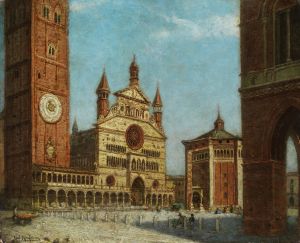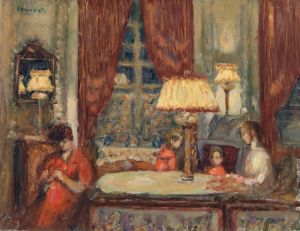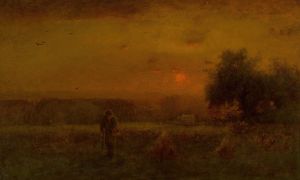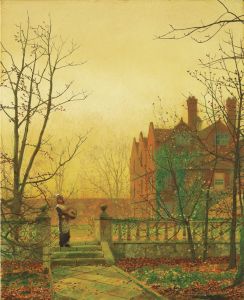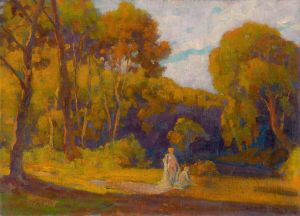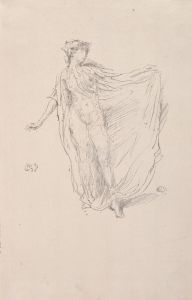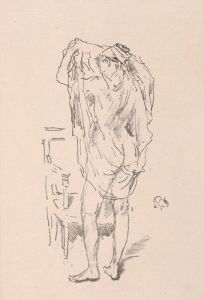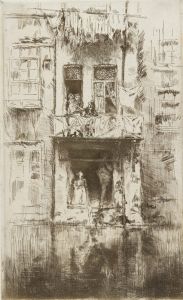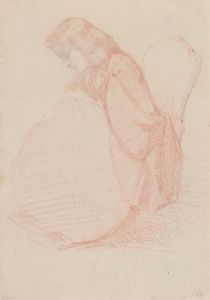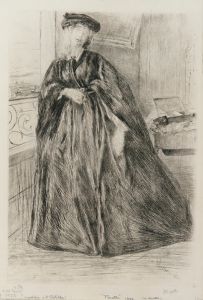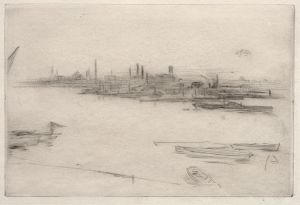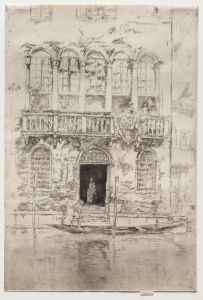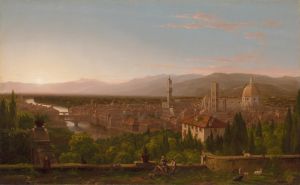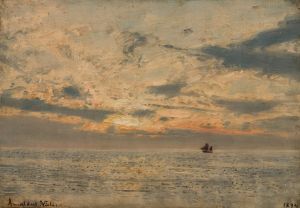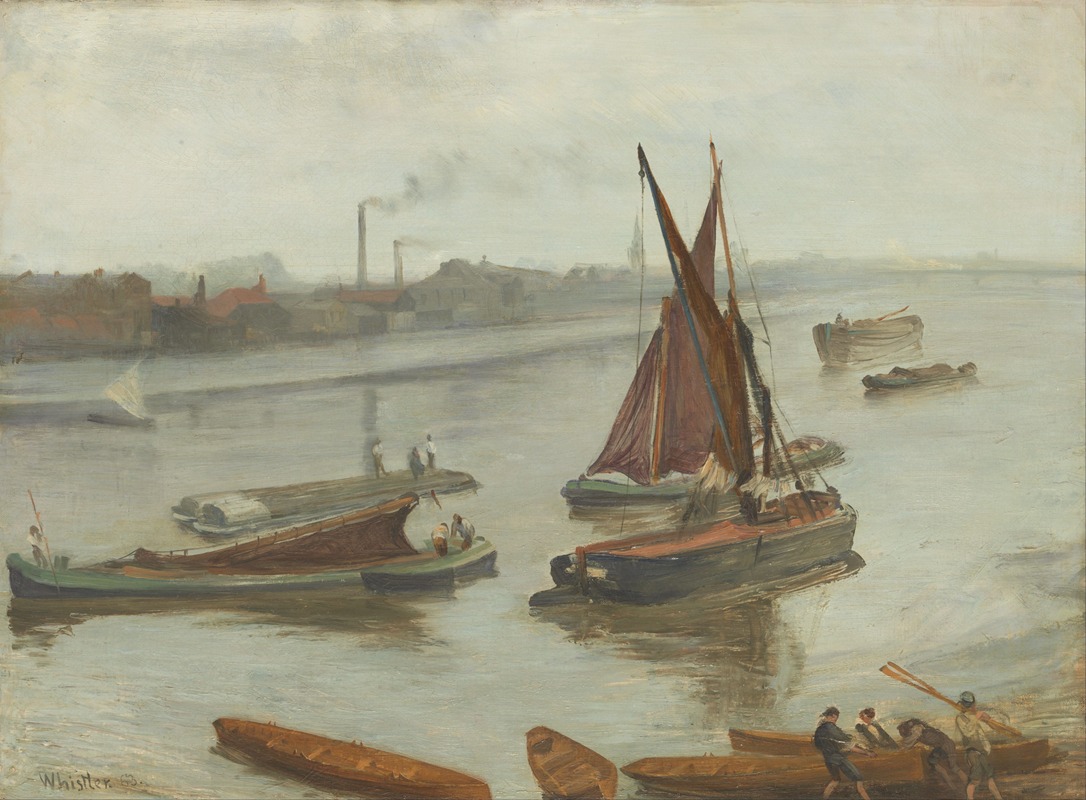
Grey and Silver- Old Battersea Reach
A hand-painted replica of James Abbott McNeill Whistler’s masterpiece Grey and Silver- Old Battersea Reach, meticulously crafted by professional artists to capture the true essence of the original. Each piece is created with museum-quality canvas and rare mineral pigments, carefully painted by experienced artists with delicate brushstrokes and rich, layered colors to perfectly recreate the texture of the original artwork. Unlike machine-printed reproductions, this hand-painted version brings the painting to life, infused with the artist’s emotions and skill in every stroke. Whether for personal collection or home decoration, it instantly elevates the artistic atmosphere of any space.
James Abbott McNeill Whistler's "Grey and Silver: Old Battersea Reach" is an evocative painting that captures the atmospheric qualities of the River Thames as it flows through the Battersea area in London. Whistler, an American artist who spent much of his career in Europe, is renowned for his innovative approach to art, particularly his use of color and composition to convey mood and emotion rather than focusing solely on realistic representation.
Created in 1863, "Grey and Silver: Old Battersea Reach" is part of Whistler's series of works that explore the Thames River, a subject that fascinated him for its dynamic interplay of light, water, and urban landscape. This painting exemplifies Whistler's interest in tonal harmony and his ability to capture the subtle variations of color and light that define a particular time of day or weather condition. The title itself, "Grey and Silver," reflects Whistler's focus on the tonal qualities of the scene, emphasizing the muted palette that characterizes much of his work.
The painting depicts a view of the Thames at Battersea, an area that was undergoing significant industrial development during the 19th century. In the foreground, the river is portrayed with a calm surface, reflecting the overcast sky above. The composition is balanced by the presence of buildings and industrial structures along the riverbank, which are rendered in soft, indistinct forms that suggest the haze of a misty day. Whistler's use of a limited color palette, dominated by shades of grey and silver, creates a sense of tranquility and introspection, inviting viewers to contemplate the scene's quiet beauty.
Whistler's approach to this painting reflects his broader artistic philosophy, which was influenced by the Aesthetic Movement. This movement emphasized the importance of beauty and visual harmony over narrative content or moral messages in art. Whistler believed that art should be appreciated for its own sake, a concept encapsulated in his famous assertion that "art should be independent of all claptrap." His focus on tonal harmony and atmospheric effects in "Grey and Silver: Old Battersea Reach" aligns with this philosophy, as he sought to create a visual experience that transcends literal representation.
The painting is also notable for its connection to Whistler's "Nocturnes," a series of works that further explore the themes of light, color, and mood in urban and natural settings. While "Grey and Silver: Old Battersea Reach" is not a nocturne in the strictest sense, it shares the same emphasis on mood and tonal subtlety that characterizes these later works.
Today, "Grey and Silver: Old Battersea Reach" is recognized as an important example of Whistler's innovative approach to landscape painting. It reflects his mastery of color and composition, as well as his ability to capture the ephemeral qualities of light and atmosphere. The painting is held in high regard for its contribution to the development of modern art, influencing subsequent generations of artists who sought to explore the expressive potential of color and form.





